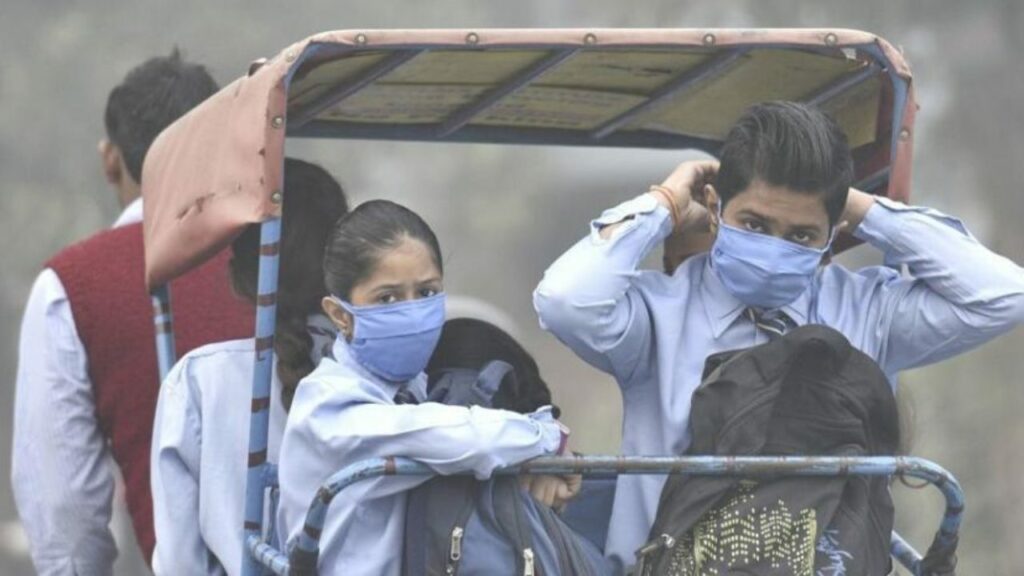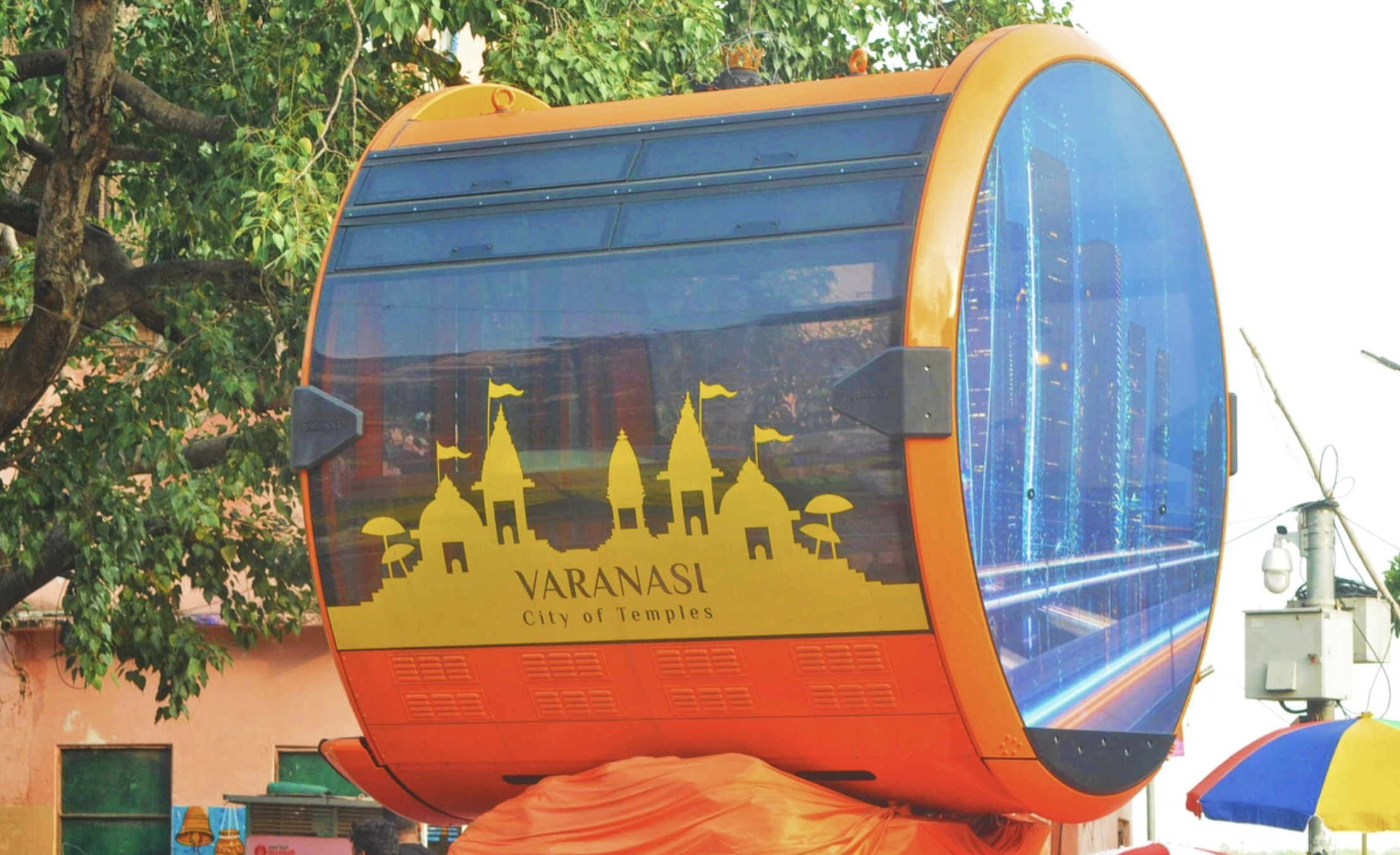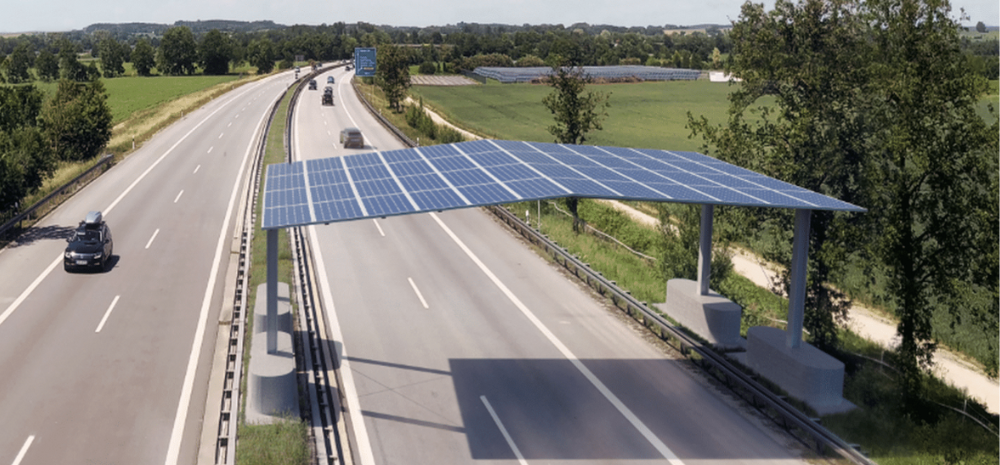A thick, toxic smog enveloped India’s capital Delhi on Friday, marking the start of the annual pollution season that has become a public health catastrophe.

The air quality index surged to 500, the maximum reading and 100 times the limit deemed healthy by the World Health Organization. Schools were shut, construction was halted, and residents wore masks as the smog reduced visibility.
According to officials, the pollution was driven by a sharp increase in crop burning by farmers in neighboring states. Winds carried the smoke into Delhi where dropping temperatures trapped the particles.
Farm Fires and Vehicle Emissions Worsen Air Quality
In recent days, Punjab state saw a 740% spike in farm fires, with over 1,000 recorded in one day. Other factors like vehicle emissions and waste burning added to the toxic mix.
However, Delhi’s early warning systems failed to predict the rapid pollution spike on Thursday night. With about 33 million residents, Delhi is often named the world’s most polluted city.
Doctors said more patients are complaining of breathing issues, coughs and irritated eyes as the smog takes a toll. “It’s time for us to wear masks and go out only when needed,” said Dr. Nikhil Modi of Apollo Hospital.
Per the pollution board, October air quality was the worst since 2020. Despite having a pollution action plan, the Delhi government has struggled to curb the annual crisis.
Methods like water sprinkling, smog towers and dust control have shown little impact on pollution levels between November and January.
Long-Term Health Impact on Delhi Residents
According to a recent study, Delhi residents could lose 11.9 years of life expectancy due to poor air quality. Children and the elderly are especially vulnerable.
“The number of patients with breathing problems has increased… People of all ages are affected by this,” Dr. Modi said.
Environmental experts have urged authorities to tackle the root causes of pollution like crop burning, vehicle emissions and construction dust. Tough policy measures and public cooperation are key to reducing the health burden on citizens.
For now, Delhi residents can only hope for the smog to lift soon as authorities scramble to combat rising pollution.












